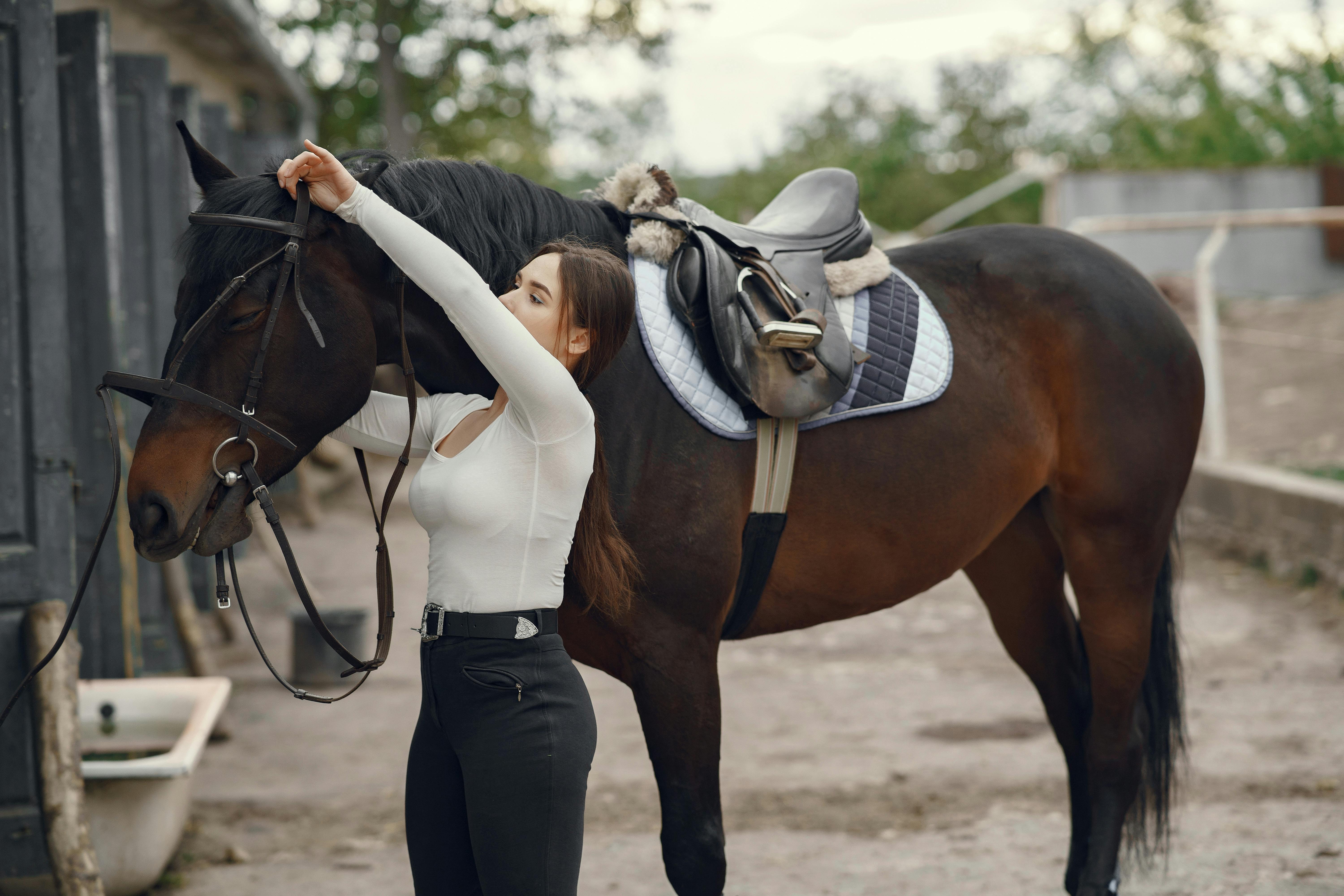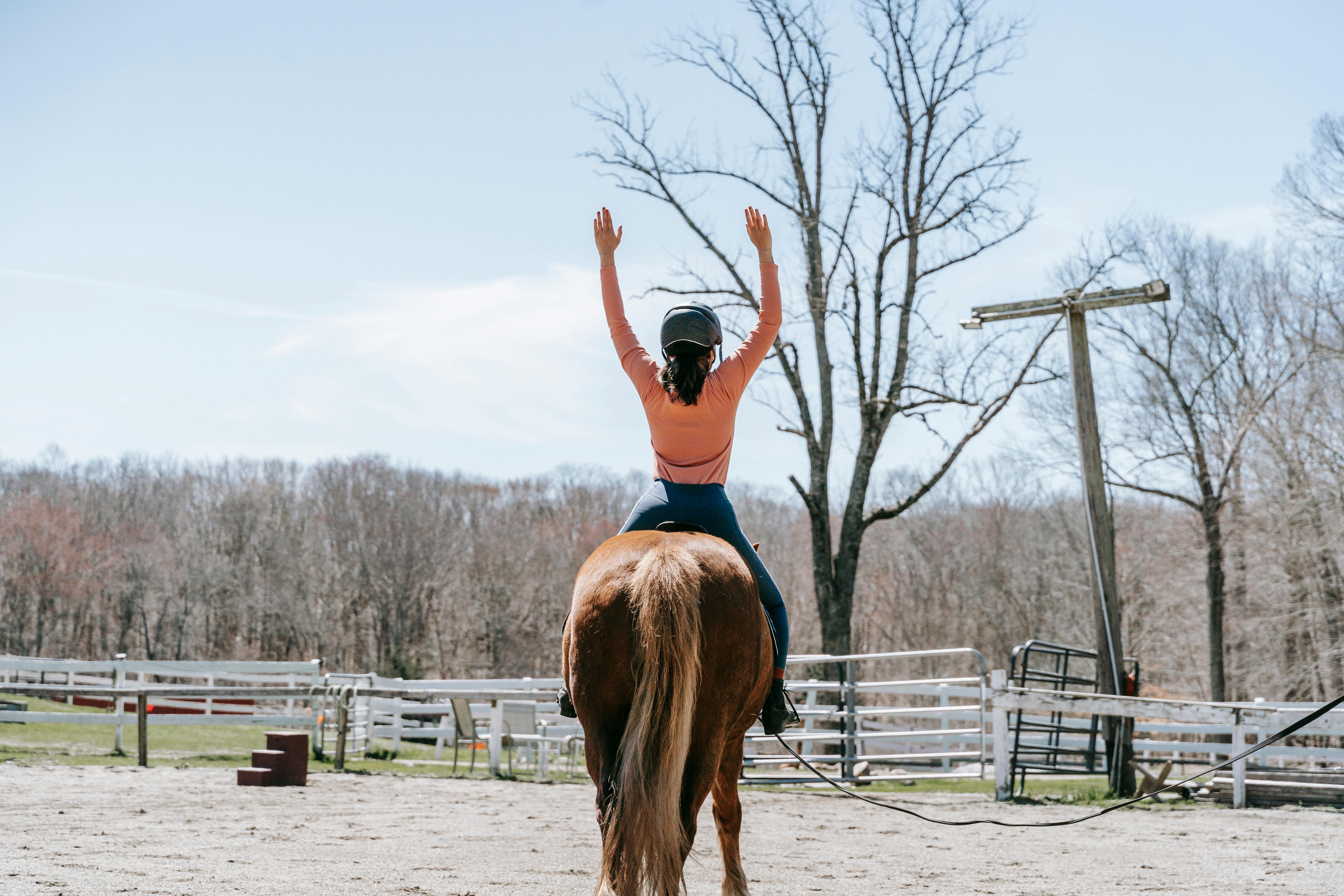Beginner’s Guide to Horseback Riding: Everything You Need to Know
Horseback riding is a timeless pursuit that blends adventure, partnership, and the great outdoors. Whether you’re chasing a childhood dream or simply looking for a new hobby, learning to ride offers countless rewards. But for beginners, the world of horses can seem daunting. This guide covers the essentials-from picking the right riding school and understanding gear to foundational riding tips-so you can start your equestrian journey with confidence.
Choosing the Right Riding School
Selecting a reputable riding school is the foundation of a positive riding experience. The right school not only provides quality instruction but also ensures safety and a supportive environment for both riders and horses.
What to Look For:
-
Qualified Instructors: Look for schools with certified instructors who have experience teaching beginners. Their credentials and teaching style are crucial for your learning and safety2.
-
Safety Measures: Helmets should be mandatory, and the facility should have clear safety protocols. Ask if helmets are provided for beginners and if the school has a first aid plan in place6.
-
Well-Cared-For Horses: Observe the horses-are they healthy, well-groomed, and calm? Happy horses are a sign of a good school. Each horse should have properly fitting tack and regular rest days6.
-
Facilities: The riding areas should be safe, enclosed, and well-maintained. Clean stables and tidy grounds reflect the school’s commitment to care and safety6.
-
Lesson Structure: Small group sizes allow for more personalized instruction. Trial lessons are a great way to experience the school’s atmosphere and teaching methods before committing26.
-
Positive Environment: Instructors should be encouraging and patient, fostering a supportive atmosphere where questions are welcomed and mistakes are part of the learning process6.
Questions to Ask:
-
What are the instructors’ qualifications?
-
How are horses selected for beginners?
-
What safety gear is required or provided?
-
Can I observe a lesson before signing up?
-
Are there package deals or introductory offers?
Taking the time to visit a few schools and observing a lesson can help you find the best fit for your goals and comfort level26.
Understanding Essential Riding Gear
Proper gear is vital for safety, comfort, and effective communication with your horse. While some items can be borrowed at first, investing in your own equipment as you progress is recommended.
Must-Have Gear for Beginners:
-
Helmet: Your most important piece of equipment. Choose a certified riding helmet that fits snugly and meets safety standards such as SEI, PAS 015, or ASTM F1163348 Many schools provide helmets for beginners, but having your own ensures the best fit and hygiene.
-
Riding Boots: Boots with a small heel (1–1.5 inches) prevent your foot from slipping through the stirrup. Paddock boots with half chaps are popular for English riding, while cowboy boots are common in Western disciplines. The key is a smooth sole and secure fit34.
-
Comfortable Pants: Wear long pants-jeans or riding breeches-to protect your legs from chafing. Avoid shorts or loose pants that could catch on the saddle48.
-
Gloves: Optional but helpful for grip and to prevent blisters, especially during longer lessons.
-
Safety Vest: Not essential for basic riding, but recommended if you plan to jump or ride cross-country. Vests protect your torso and spine3.
-
Half Chaps: These are worn over your boots to protect your lower legs from rubbing against the saddle and improve grip3.
Other Gear (Provided by the School):
-
Saddle and Pad: The saddle provides support for the rider, while the pad cushions the horse’s back and absorbs sweat.
-
Bridle, Bit, and Reins: These are your main tools for communicating with the horse. Beginners usually start with gentle bits and simple bridles3.
Initial Riding Tips for Beginners
Stepping into the saddle for the first time is exhilarating. Here are foundational tips to help you start safely and enjoyably:
Before You Ride:
-
Greet Your Horse: Approach calmly, let the horse sniff your hand, and speak softly. Building trust starts from the ground5.
-
Mounting: Hold the reins in your left hand, place your left foot in the stirrup, and gently swing your right leg over the horse’s back. Ease into the saddle to avoid startling the horse1.
-
Check Your Position: Sit tall and centered, with your ear, shoulder, hip, and heel aligned. Keep your heels down, knees slightly bent, and hands relaxed at your sides14.
While Riding:
-
Stay Relaxed: Horses sense tension. Relax your body and breathe deeply-this helps both you and your horse stay calm14.
-
Proper Posture: Maintain a straight back and look where you want to go. Good posture keeps you balanced and makes your signals clearer to the horse4.
-
Use Gentle Aids: Communicate with your horse using soft cues from your legs, seat, and hands. Avoid jerky or harsh movements1.
-
Take It Slow: Start at a walk. Master balance and steering before progressing to faster gaits. There’s no rush-enjoy the process and let your confidence build gradually45.
-
Listen to Your Instructor: Follow directions, ask questions, and be open to feedback. Every rider progresses at their own pace.
After Your Ride:
-
Cool Down: Walk your horse for a few minutes to allow its muscles to relax.
-
Care for the Horse: Learn basic grooming and how to untack your horse. This is part of responsible horsemanship and deepens your bond with the animal7.
Setting Goals and Progressing
Setting achievable goals keeps you motivated and focused. Whether it’s mastering a balanced seat, learning to trot, or simply feeling more confident around horses, celebrate each milestone4.
-
Short-Term Goals: Mounting independently, steering at a walk, posting the trot.
-
Long-Term Goals: Riding at a canter, learning to jump, or participating in a trail ride.
Remember, progress in horseback riding is unique to each individual. Some aspects may feel challenging at first, but with patience and practice, you’ll see steady improvement7.
Final Thoughts: Your Equestrian Journey Begins
Embarking on horseback riding as a beginner is a rewarding adventure. By choosing the right riding school, equipping yourself with essential gear, and embracing foundational riding principles, you set yourself up for a safe and enjoyable experience. Take it one step at a time, listen to your instructors, and most importantly, enjoy the special partnership you’ll develop with your equine companion.
With patience, practice, and a willingness to learn, you’ll soon find yourself at home in the saddle-ready for all the joys that horseback riding has to offer!



